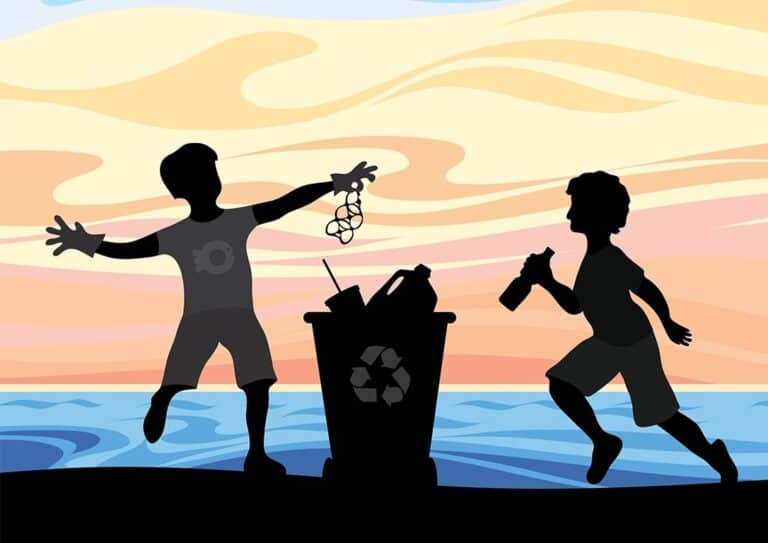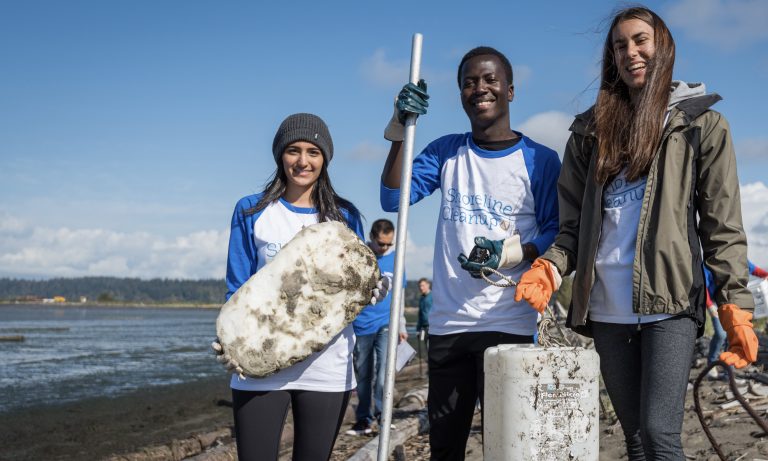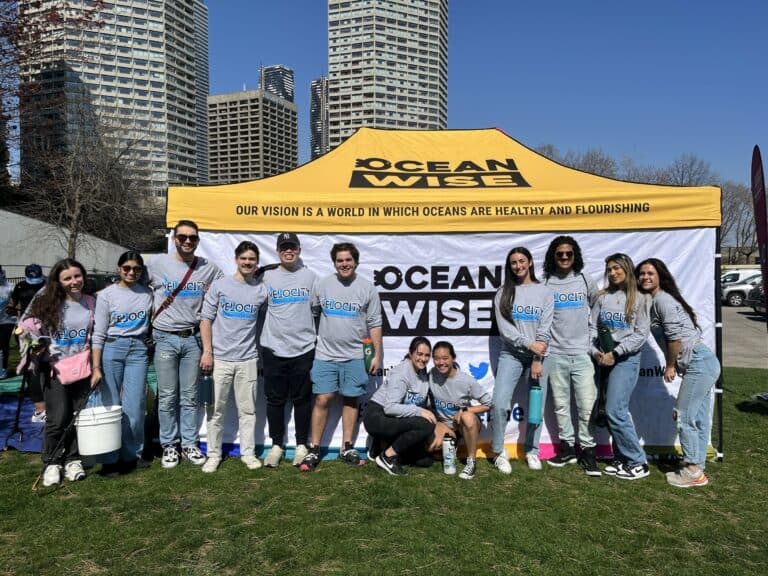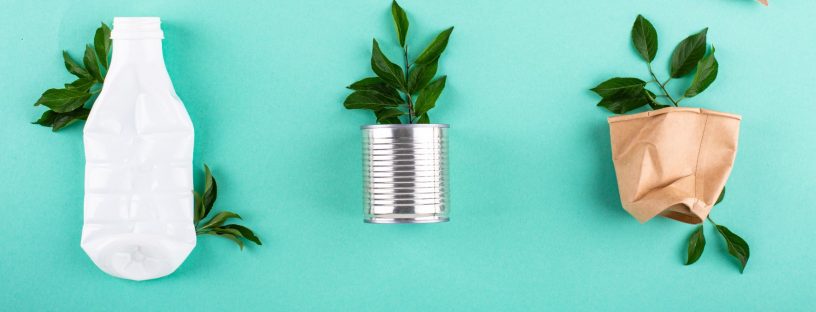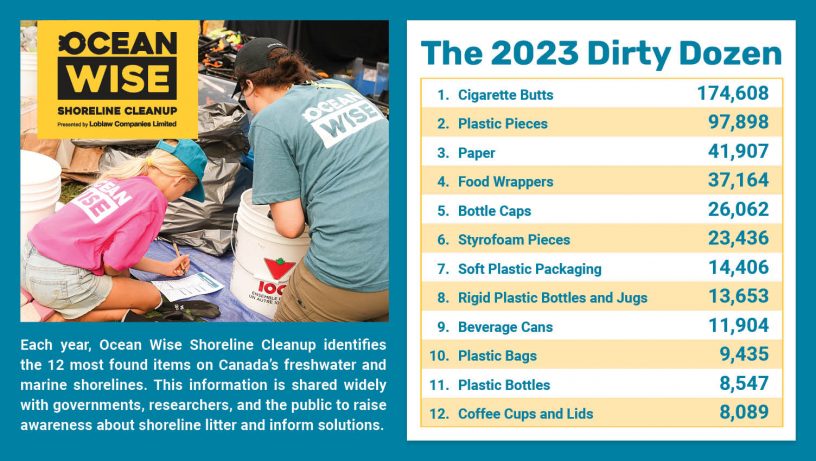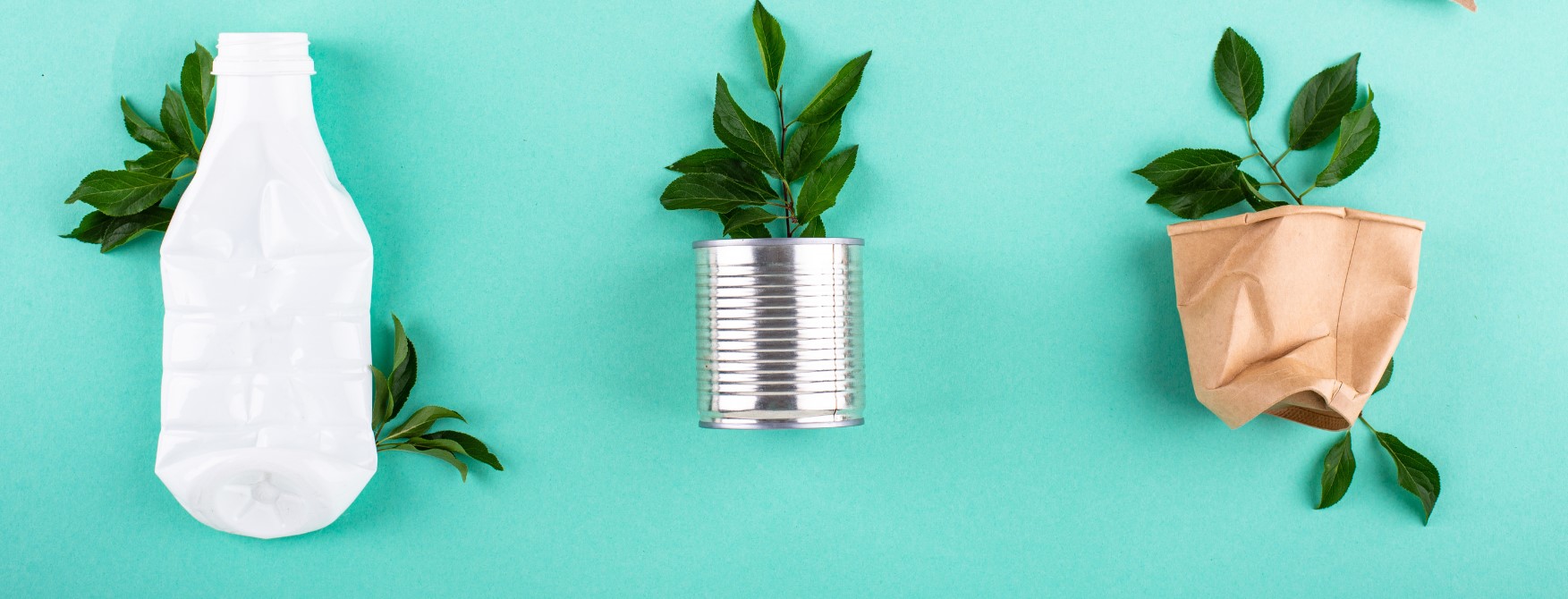
Circular Economy Month: Reduce
This Circular Economy Month, we’re digging into the old adage “Reduce, Reuse, Recycle”. This is the first post in the series – stay tuned as we investigate all three R’s!
Managing your household’s waste is something you do all day, every day – we interact with the waste system constantly. From unboxing a new gadget to peeling potatoes for dinner, our compost buckets, recycling bins, and trash cans are at the ready to catch everything we dispose of in our day-to-day lives.
We all know the golden ‘three R’ rule to manage our waste: reduce, reuse, recycle! But did you know the R’s are actually in an intentional order? These rules aren’t just catchy – they’re steps to follow. When considering how to dispose of an item, we want to:
- Reduce the waste at the source first
- Reuse our item as much as we can, and
- Recycle when we can no longer reuse or repair
Let’s explore how to make the most of this system to protect our ocean.
The first step
The first R is for Reduce! Reducing your waste means preventing it from being created in the first place. This rings especially true for waste from packaging. At Ocean Wise, we champion waste reduction as the best possible waste management tool. Why is reduction so important? By not purchasing an item in the first place, we don’t need to manage any waste that item creates. No need to worry about how to sort your recyclables or what will be accepted where if you have nothing to throw away! Reduction is the simplest way to prevent waste from being a nuisance for you and the environment.
Examples
Take the ubiquitous plastic water bottle. It’s a convenient grocery store staple you can buy individually or in large packs. But if you live in a place with abundant clean drinking water, do you really need to buy all that plastic packaging to get to the water inside? The best way to reduce your plastic footprint would be to avoid buying the plastic water bottle in the first place. Opting to drink tap water out of a glass at home, or filling a reusable bottle eliminates waste. If you need extra filtration, choose a reusable jug or tap filter.
You can reduce your waste when you’re out in the community too. If you’re sitting down for lunch at a café, skip the disposable cup, hot sleeve and lid and take the ceramic mug instead. If you’re picking up takeout on the go, plan ahead and pack metal cutlery to eat with. You’ll never have to fight with blunt bamboo cutlery or have your straw turn to mush if you bring your own from home! And you’ll also be reducing your waste by not throwing those items away when you’re done eating.
| Step | Example |
| Plan ahead: If you will be having food or a drink, bring your cup or cutlery. If you might go shopping, bring your bag. | Bring a reusable mug to work, whether you are planning on going for coffee or not. If you forget to bring it, ask for coffee in a “for here” cup. |
| If you don’t need it, say no: Refuse things you don’t need, even if they are free. This includes things like cutlery and packaging, free giveaways and disposables. | When at a festival or conference, before taking that free swag, think about whether you will actually use it. |
| Buy concentrate or refill: Some products that normally contain a lot of water (cleaning products for example) can be bought in concentrated form and you add the water in your own bottle at home. | Instead of buying bottled juice or sports drinks, use drink crystals to make it at home. |
| Reuse what you have: If you already have something that would work, use it instead of getting something new or disposable. This works for packaging, clothing and household items. | Decorating for a party? Rethink how you can use things you already have at home, like Christmas lights or a chalkboard. |
And that’s how to reduce!
These small changes to reduce waste create big changes for our ocean. When we all work together, our collective action to reduce waste results in healthier ecosystems and healthier people. Take that first step and follow the three R’s in order!
What items have you already reduced in your home? What are you going to try next? Stay tuned as we jump to the second R, reuse.
Is your business looking to reduce unnecessary plastics? We’re here to support you. Join us as a Plastic Reduction Partner.
Posted October 3, 2024 by Cayley Elcombe

